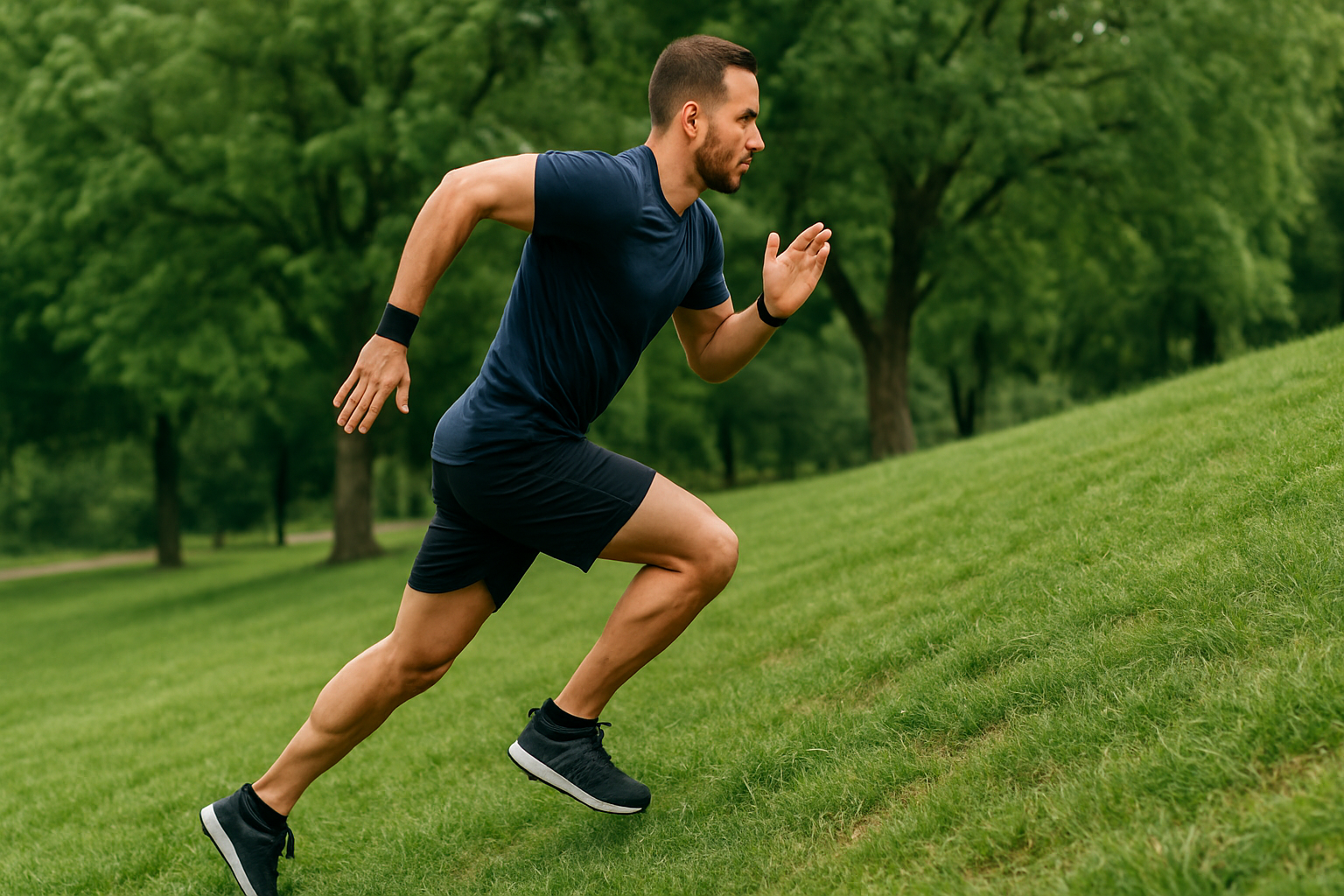Off-Season Training: How to Maintain Gains Year-Round


From professionals to weekend athletes, everyone cycles through periods of high intensity and natural slowdowns — vacations, holidays, or post-competition recovery phases.
Off-season training is about staying consistent and maintaining fitness without burnout.
You won’t lose your edge — you’ll reinforce it.
The off-season is where sustainable athletes are built.
Keep your training routine, but reduce load, volume, or pace.
Think 60–70% effort instead of all-out intensity.
Movement quality and rhythm matter more than PRs during this phase.
This is your window to improve technique and refine positions.
Perfect squats, smooth Olympic lifts, and better mobility today mean fewer injuries and plateaus tomorrow.
Use longer, steady efforts — rows, runs, bikes, or hikes — to build aerobic capacity without crushing recovery.
This foundation supports faster recovery and higher work capacity when intensity returns.
Work on what’s been holding you back:
Small improvements now lead to big payoffs later.
Use the off-season to reinforce the basics that often get skipped during heavy cycles:
These are what allow training volume to climb again without breakdown.
Day 1: Technique + accessory strength (pause squats, single-leg work)
Day 2: Aerobic conditioning (30–40 min run, row, or bike at moderate pace)
Day 3: Gymnastics skill practice + core training
Day 4: Functional strength (sandbag carries, sled pushes, kettlebell complexes)
Day 5: Partner or team workout at moderate intensity
Optional: Mobility or yoga session on rest days
Consistency, not intensity, drives progress in the off-season.
Off-season training isn’t about slacking — it’s about strategy.
By lowering intensity while staying consistent, you protect your progress, prevent injuries, and return stronger, fresher, and more resilient.
Train smart when it’s quiet — that’s what sets you up to perform when it counts.